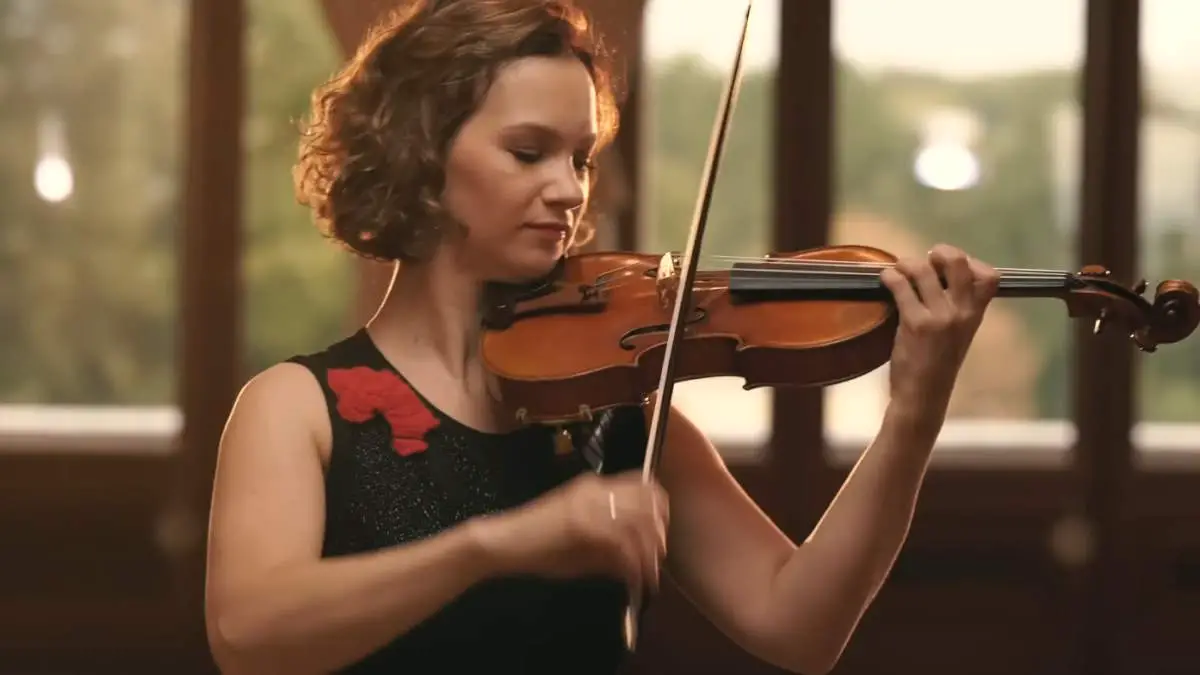Hilary Hahn performs the 4th movement (double), “Presto” from Johann Sebastian Bach’s Partita No. 1 in B minor, BWV 1002, a piece for solo violin composed in 1720.
Johann Sebastian Bach’s Partita No. 1 in B minor, BWV 1002
The Partita for Violin No. 1 in B minor, BWV 1002, by Johann Sebastian Bach, is a remarkable work from his set of six Sonatas and Partitas for solo violin, composed around 1720. This partita exemplifies Bach’s mastery in polyphonic writing and his deep understanding of the violin’s capabilities.
Structured in the baroque dance-suite form, it contains eight movements, alternating between four dance types and their respective doubles, which are variations of the preceding dances. The movements are: Allemanda, Double, Corrente, Double (Presto), Sarabande, Double, Tempo di Borea, and Double. Each double is a more intricate and embellished version of its corresponding dance, showcasing the violinist’s virtuosity and interpretative skills.
The movements in order are:
- Allemanda – Double
- Corrente – Double (Presto)
- Sarabande – Double
- Tempo di Borea – Double
The Allemanda and its double set a dignified yet expressive tone, while the Corrente and its presto double offer lively, agile rhythms. The Sarabande is more introspective and lyrical, balanced by its more complex double. The final pair, Tempo di Borea (a type of Bourrée), and its double concludes the partita with robust and rhythmic energy.
Bach’s Partita No. 1 is revered for its depth and technical demands. The piece requires a violinist to produce a polyphonic texture, implying multiple voices on a single melodic instrument. This is achieved through chordal passages, bariolage (rapid string crossing), and implied harmonies in single-line melodies. It’s a staple in the violin repertoire, celebrated for its emotional range and technical challenges, offering insights into Bach’s innovative compositional techniques and his contribution to unaccompanied violin music.
Sources
- Partita for Violin No. 1 (Bach) on Wikipedia
